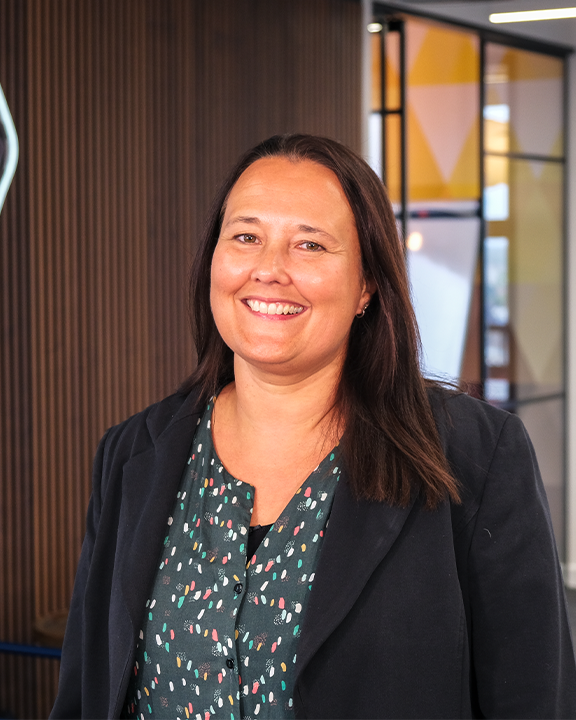A masterclass by Picasso
Pablo Picasso, born in 1881, was arguably the most famous artist of modern times. A name synonymous with a rare and revolutionary genius, he was a high-spirited, gifted and difficult man who, it was rumoured, could draw before he could speak.
Highly dismissive of following the herd, Picasso sought above all else to innovate beyond what had already been, principles which are vital when changing ourselves, our businesses, and our world. In the words of the man himself:
‘Others have seen what is and asked why. I have seen what could be and asked why not.’
One of Picasso’s greatest strengths was that he remained open to life, both its beauty and its terror.
As bullish and forthright as he could be, he was also incredibly moved by the world around him and drew deeply on his emotional responses to fuel his work, particularly during the volatile early years of the 20th century, in which he lost a lover while the First World War raged, and Einstein’s theory of relativity turned the known to dust.
From his melancholy ‘blue’ period, triggered by the suicide of his friend Carlos Casagemas, through to his masterpiece Guernica (which Hitler deemed ‘degenerate’), Picasso took from what was to turn it into something new and powerful.
This act of changing pain into art is a clear precis to the modern-day business attribute of agility, where both the need and the willingness to respond quickly can be the difference between success and failure.
Businesses who survive change are not coincidentally the ones who are able to rapidly shift their processes, making moves that are as much about attitude and open-mindedness as they were about logistics.
He was also quick to see things differently and create accordingly. In 1907, along with fellow artist George Braques, he invented Cubism, in which images were torn up and rebuilt as a distorted visual that shifted standards and perceptions. By tearing up the rule book, Picasso created not just a new style, but the very freedom and space for other people to do the same.
Modern artists who’ve been inspired by him include Jasper Johns, David Hockney and Jackson Pollock, and all great business leaders have left similar legacies.
Breaking new ground might be painful, but don’t shy away from making difficult decisions just because no-one else has. Somebody has to take that step sometimes – why shouldn’t it be you?
But while Picasso made many radical changes in his life, he didn’t make them for the fun of it.
As art for art’s sake will always lack a certain depth, unnecessary change can likewise seem gimmicky and alienating. Being change ready, for example, is an important foundation on which to begin to design and implement a new solution, so don’t waste time rearranging surfaces when it’s the substance of the change that matters.
Finally, Picasso hated the complacency that could come with success. Looking at big companies such as Nokia or Yahoo!, who fell at this hurdle, you can see this is a timeless truth. He could’ve been addressing a business change conference when he said
‘Success is dangerous. One begins to copy oneself, and to copy oneself is more dangerous than to copy others. It leads to sterility.’
Of course, nobody wants to be struggling, but staying competitive means keeping a healthy awareness that if you don’t change, maybe another company will. A little bit of dissatisfaction can keep your competitive edge sharper than most, and to be self-critical is to keep yourself open to opportunities that others might miss. We are all a work in progress.
Asking ourselves questions such as ‘How can we see things differently?’ can unlock myriad possibilities as to the future we are creating with each decision we make. It may take guts to throw away the familiar and jump into that fertile void of potential, but most of us live each new day in an old way.
Just imagine what we could create if we embraced the possibility to live differently and change boldly.
That a man like Picasso, mercurial and visionary, may only come about once a century, perhaps even less, should not prevent us from understanding that we can all be innovators, and that we can all find that sweet spot where response meets revolution.
Like what you read? Get to know us more on LinkedIn!

